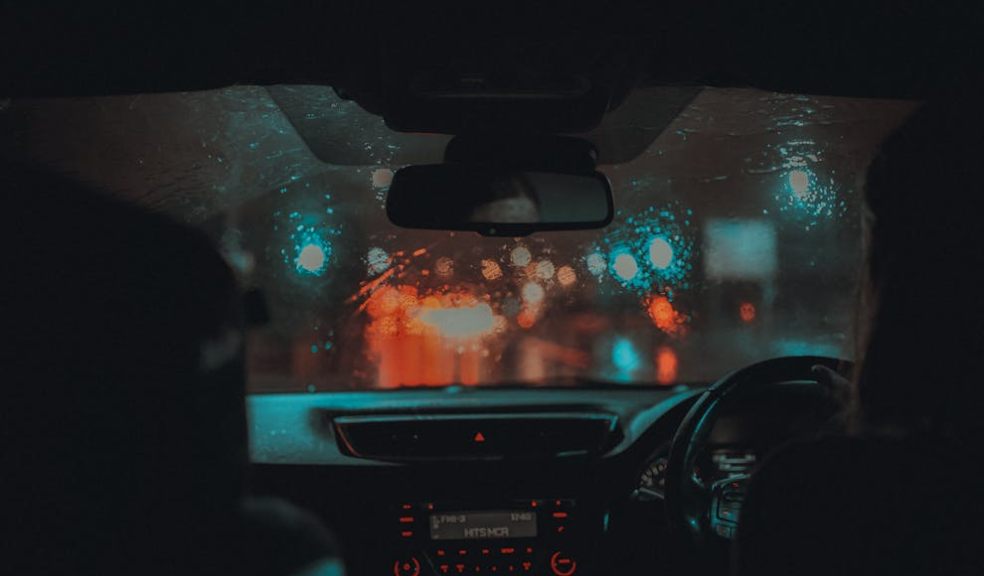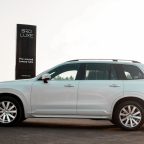
Night driving safety: How to see clearly in low-light conditions
Driving at night presents unique challenges. Reduced visibility, headlight glare, and unpredictable hazards can all increase the risk of accidents. Whether you're on urban streets or country lanes, staying safe after dark starts with preparation and awareness.
Here are five essential tips to help you drive safely at night by improving visibility and staying alert to potential dangers.
Ensuring proper lighting
Your vehicle's lights are your primary visibility tool when driving at night. It's crucial to check your headlights, rear lights, brake lights, and indicators regularly to ensure they're clean and functioning.
If your bulbs are dim, consider upgrading to brighter halogen or LED bulbs for better illumination. Also, using a rear-view camera with night vision can be a real asset in poorly lit areas, making reversing and parking safer by enhancing your view of potential hazards.
If you're unsure about the effectiveness of your lights, many garages across the UK offer quick light checks or MOT pre-checks.
Keeping windows and mirrors clean
Grime, streaks, and smudges on your windows or mirrors can scatter light and cause glare, particularly from oncoming traffic. Make it a habit to clean all your windows, mirrors, and headlights regularly, especially during autumn and winter when road spray and condensation are more common.
Using a good-quality anti-fog treatment on the inside of your windows can also help maintain clear vision during cold nights.
Adjusting driving habits for darker conditions
Driving in the dark isn’t the same as driving in daylight, and your habits should reflect that. Here’s how to adapt:
- Reduce your speed: You’ll need more time to react to unexpected hazards.
- Increase your following distance: It’s harder to judge distances at night, so give yourself extra space.
- Use high beams responsibly: High beams are great on unlit roads, but be sure to dip them to avoid blinding fellow drivers.
These habits are especially important in rural areas or poorly lit suburban streets, where reaction time is critical.
Being aware of vulnerable road users
At night, pedestrians, cyclists, and even animals are harder to spot. Many pedestrians wear dark clothing, and not all cyclists use proper reflectors or lights. Keep an eye out in residential areas, near pubs, or close to parks and open countryside where wildlife may cross.
Slowing down in these zones and scanning the roadside as well as the road ahead can make all the difference. Heightened vigilance is key to preventing collisions in low-light conditions.
Taking care of your eyesight
Driving at night puts more strain on your eyes, so regular eye tests are vital. If you wear glasses or contact lenses, make sure your prescription is up to date. Poor night vision can be a major hazard, but it's often correctable with the right lenses.

















